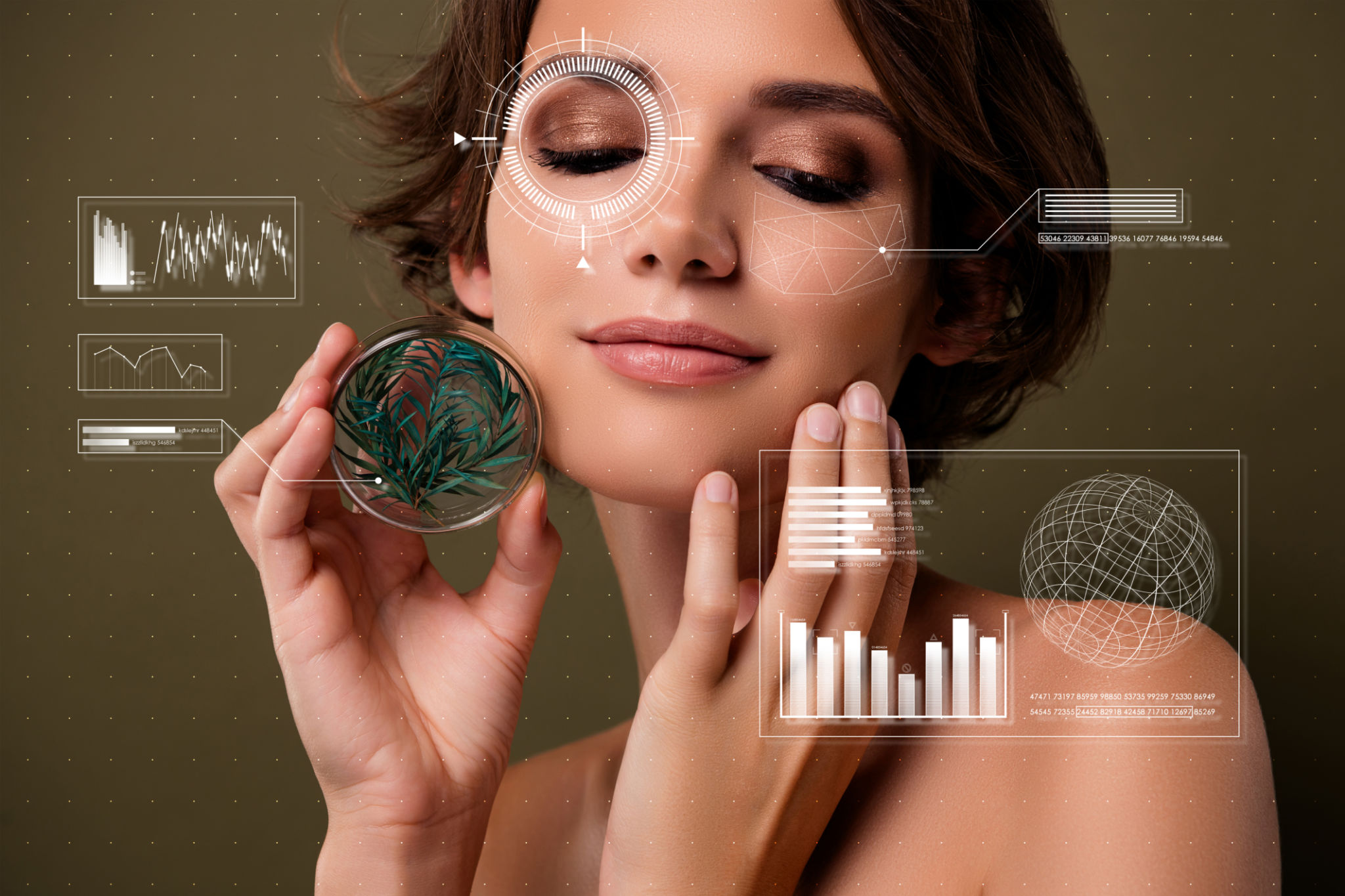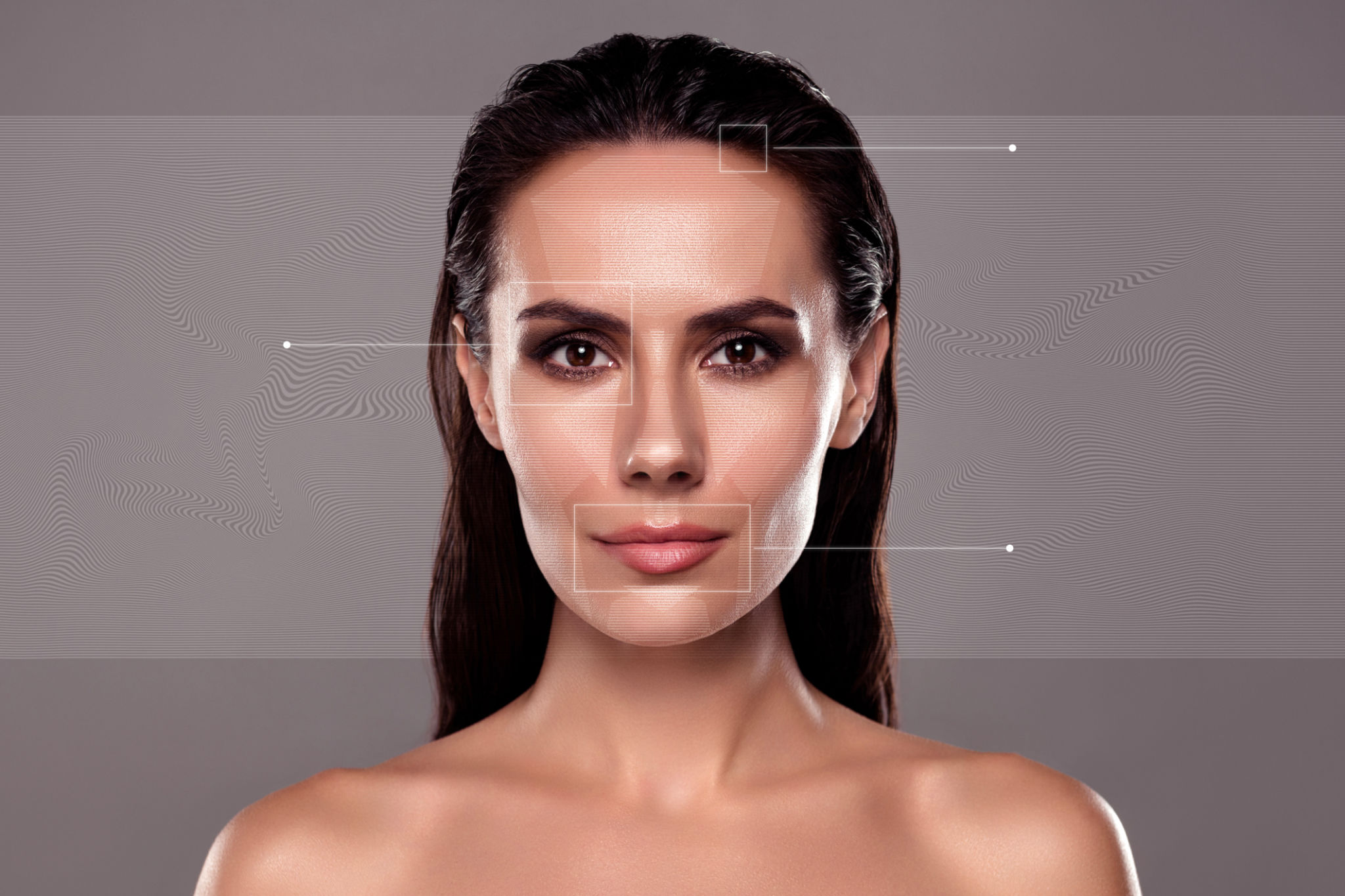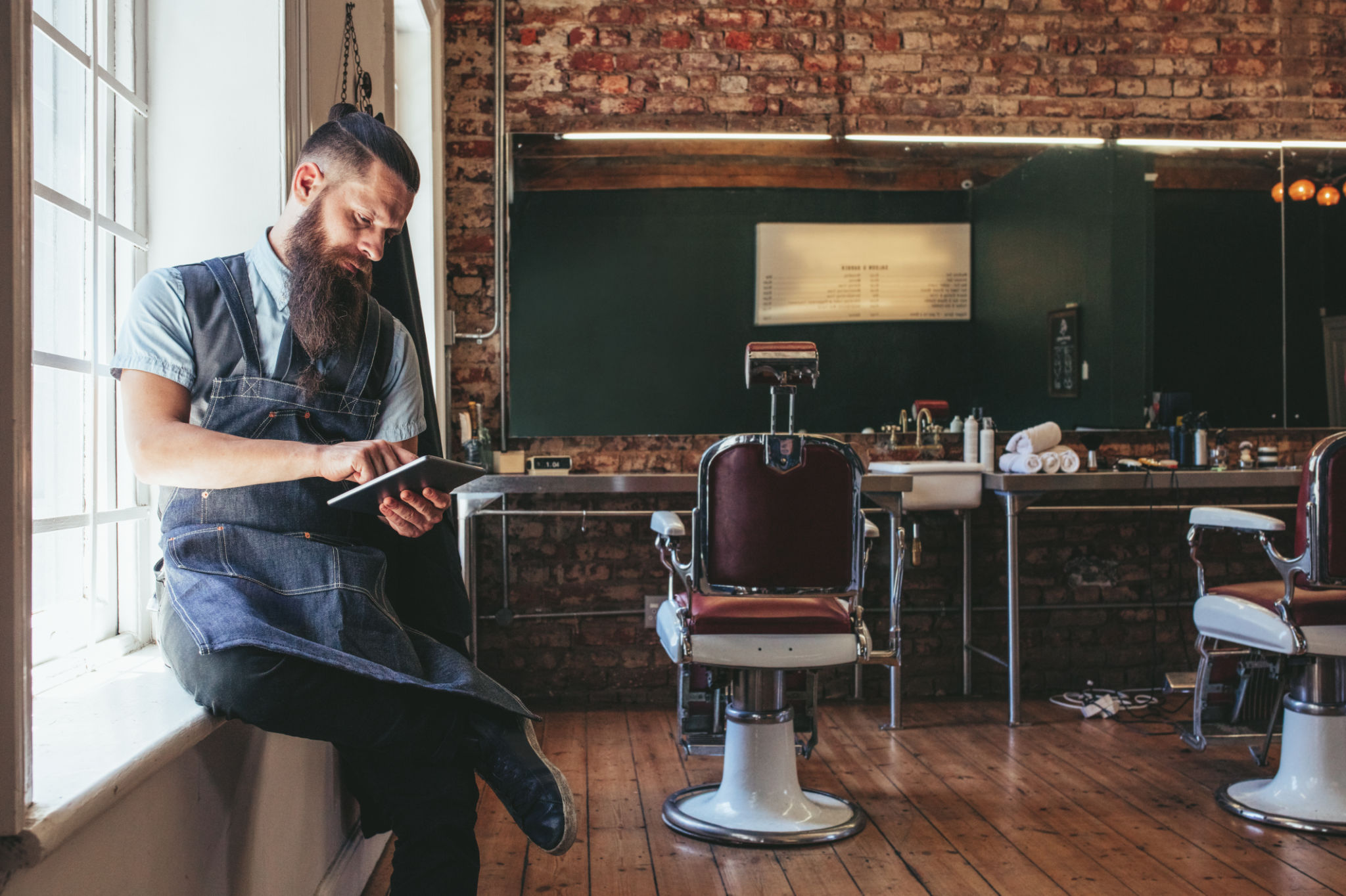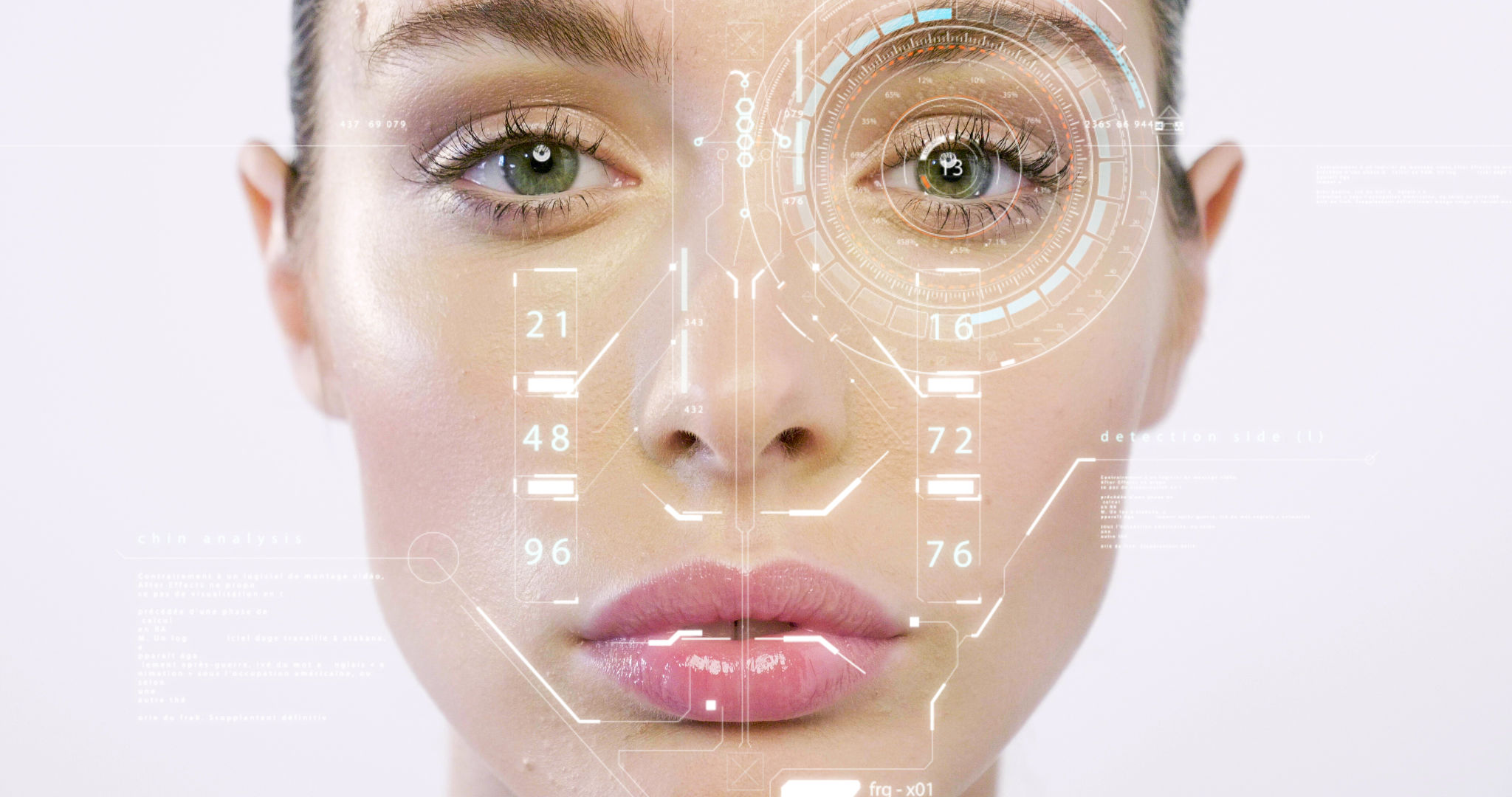Case Study: How Digital Transformation is Revolutionizing Beauty Services
Introduction to Digital Transformation in Beauty Services
In recent years, the beauty industry has undergone a significant transformation, driven largely by digital innovation. From virtual try-ons to AI-driven skincare consultations, technology is reshaping how beauty services are accessed and delivered. This case study explores the impact of digital transformation on the beauty sector and highlights key areas where businesses are leveraging technology to enhance customer experience and streamline operations.

Virtual Try-Ons: Enhancing Customer Experience
One of the most exciting advances in the beauty industry is the introduction of virtual try-ons. By using augmented reality (AR), customers can now visualize how different makeup products will look on their faces without having to visit a store physically. This technology not only saves time but also helps customers make more informed purchasing decisions.
Brands like Sephora and L'Oréal have embraced virtual try-ons, integrating them into their mobile apps and websites. The result? Increased customer engagement and satisfaction, as well as a reduction in product returns.
AI-Powered Skincare Consultations
Artificial intelligence (AI) has become an invaluable tool for personalized skincare consultations. By analyzing user data such as skin type, concerns, and environmental factors, AI-driven platforms can recommend tailored skincare routines and products. This personalized approach fosters customer loyalty and boosts sales.

Moreover, AI technologies like chatbots provide 24/7 customer support, answering queries and offering product recommendations. This level of accessibility enhances the overall customer experience and positions brands as leaders in innovation.
Streamlining Operations with Technology
Beyond customer-facing innovations, digital transformation is also revolutionizing backend operations in the beauty industry. Inventory management systems powered by artificial intelligence can predict demand trends, ensuring that popular products are always in stock while minimizing waste.
Additionally, digital booking systems have simplified appointment scheduling for beauty salons and spas. These platforms allow customers to book services at their convenience, while businesses can efficiently manage staff schedules and reduce no-shows.

Social Media and Influencer Collaboration
The rise of social media platforms like Instagram and TikTok has opened new avenues for beauty brands to reach their audience. By collaborating with influencers, brands can showcase their products in authentic ways that resonate with consumers. This strategy not only increases brand visibility but also drives sales through influencer recommendations.
Moreover, user-generated content encourages community engagement and fosters brand loyalty. Customers feel more connected to brands that actively engage with their social media presence.
The Future of Beauty: A Digital-First Approach
The digital transformation of the beauty industry is still in its early stages, with endless possibilities on the horizon. As technology continues to evolve, beauty brands must remain agile and innovative to keep up with consumer demands and expectations.
Embracing a digital-first approach not only enhances customer experience but also provides businesses with valuable insights into consumer behavior. By integrating technology into every aspect of their operations, beauty brands can stay ahead of the competition and continue to revolutionize the industry.
